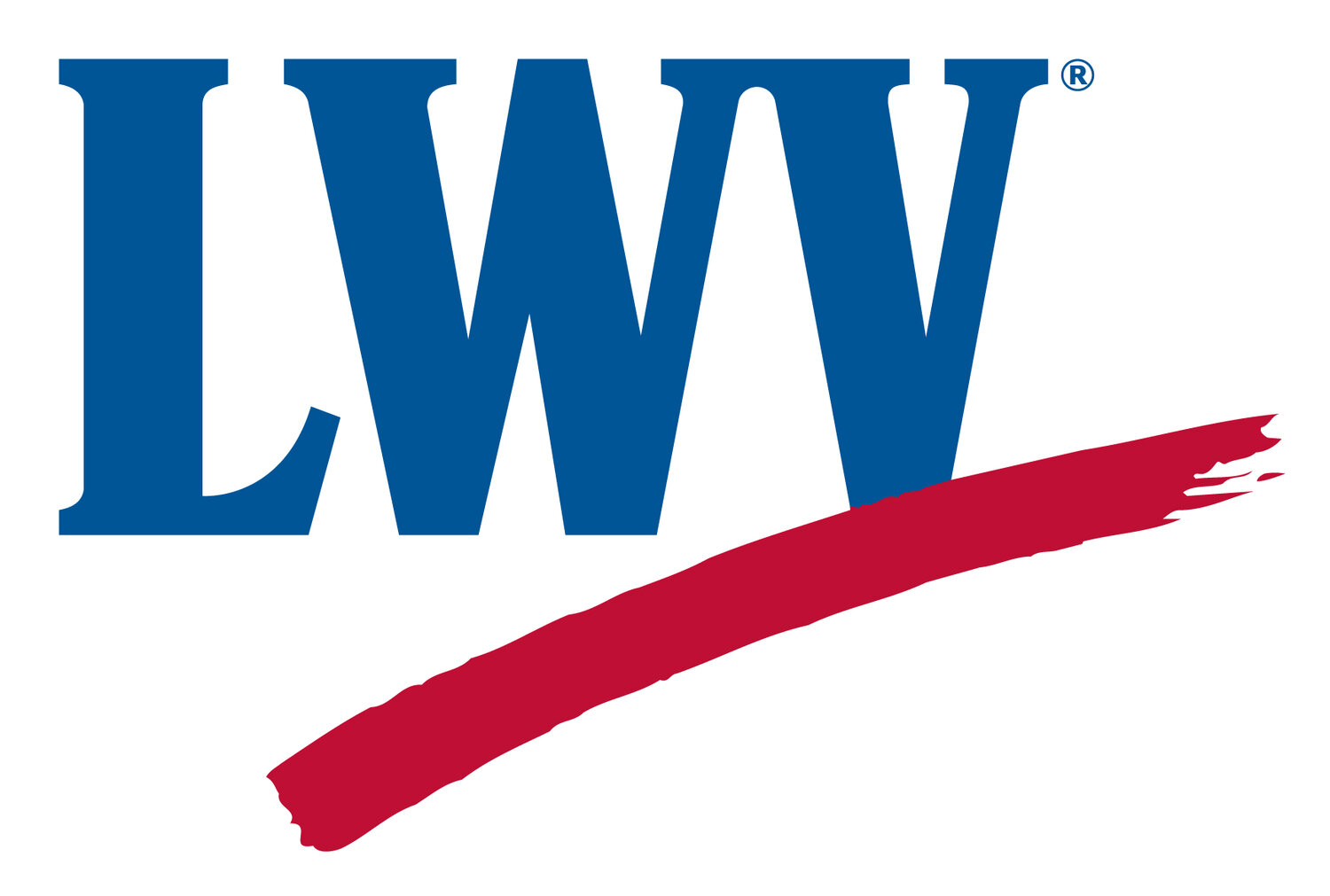A brief recap of the Wetlands Protection meeting and the joint public hearing on zoning matters, with links to more information! It was a busy week.
Notes from the joint meeting of the Affordable Housing Trust Fund & the Planning Board
A joint meeting between the Affordable Housing Trust Fund and the Planning Board was to discuss adding a Planning Board condition for a Planned Unit Development (PUD) permit that would ask developers to provide a level of affordability where 10% of the units built would be affordable at 60% of the area median income (AMI).
Affordable Trust Fund Board Meeting Recap
City Council Meeting–9 July
OLLA Meeting: Inclusionary Zoning
The Ordinances, Licenses, and Legal Affairs (OLLA) committee met last night to discuss the Inclusionary Zoning ordinance. The LWV–Salem enthusiastically endorsed this ordinance.
The ordinance would require 10% of units be made affordable at 60% area median income (AMI). It would not allow “payments in-lieu” of development, the units would be required to be on-site and comparable in size and amenities to market rate units, and it would require fractional payments (ex., if a project had 12 units, one would have to be designated affordable, and a payment equaling .2 of a unit would be made to the Affordable Housing Trust Fund).
At the last council meeting, Councilor Dominguez had asked if a higher number of units was possible given the generosity of the density bonus. Amanda Chiancola, the senior planner for the city, worked with the Metropolitan Area Planning Council (MAPC) to create seven scenarios for the council’s consideration (table below). It is possible to get to 12% affordable units if the fractional payment is eliminated (Option #2). Personally, (Jen Lynch, this is not a formal LWV position) I am not a fan of this change. I was excited about the fractional payment, which would create a revenue stream for creating and maintaining public housing. Private development is not going to solve the housing crisis. Additionally, the extra 2% will only realistically create new units on large projects, since the developer will round down (12% is only 10% on a 10-unit development, and now the .2% that would go to the AH Trust Fund is lost.) However, if this is the compromise that will get the ordinance passed, then the council should move it forward. Though treated as such, zoning is not divine law, and if it is determined that something in the law does not work, it can be revisited.
Ultimately, OLLA voted to amend the IZ ordinance to reflect option #2 and recommended it to council for first passage. Councilors Sargent and Dibble voted against the change and “no” on the favorable recommendation. The matter will be before council at tonight’s 7PM meeting.
What to watch for: Councilor Dibble conflated and confused by simultaneously demanding zero density bonus (which would result in such a low number of affordable units to be toothless; options 7 & 8) and 25% affordable units in line with 40B projects.
What is 40B? We hear people talk about 40B all the time, so here’s the scoop: Chapter 40B is a state statute that enables local zoning boards of appeals to approve affordable housing developments if at least 20-25% of the units have long-term affordability restrictions. Projects developed under 40B are able to work with such high percentages of affordability for several reasons: first, barriers created by local approval processes, local zoning, and other restrictions are removed (the historical commissions or design review boards may not get a seat at the table). Second, “affordability” is 10% at 80AMI, which is not affordable by Salem standards. And, finally, 40B projects are made financially feasible for the developer because the ZBA can approve greater density.
Please tune in tonight for the regular council meeting: Thursday, 9 July | 7PM | Zoom
Respectfully submitted,
Jen Lynch














